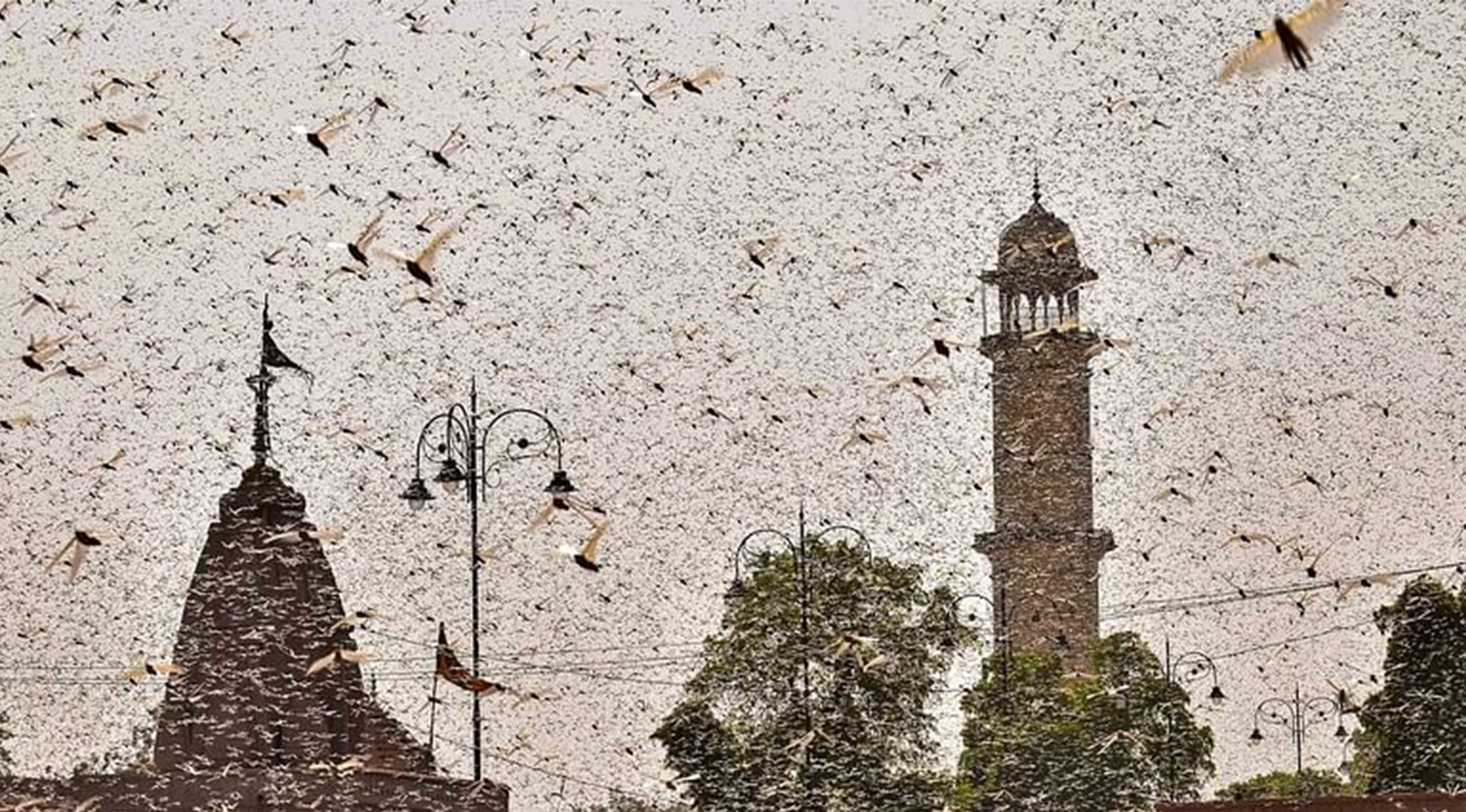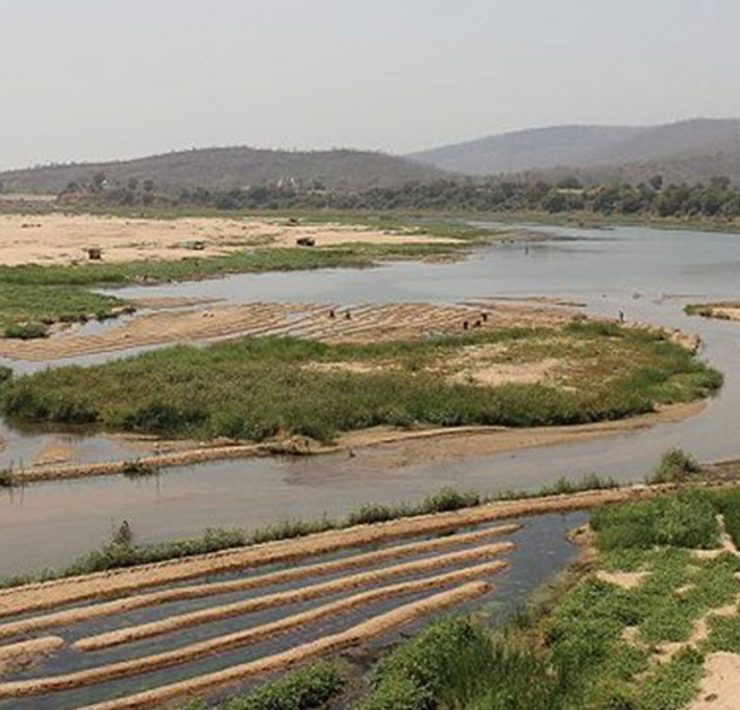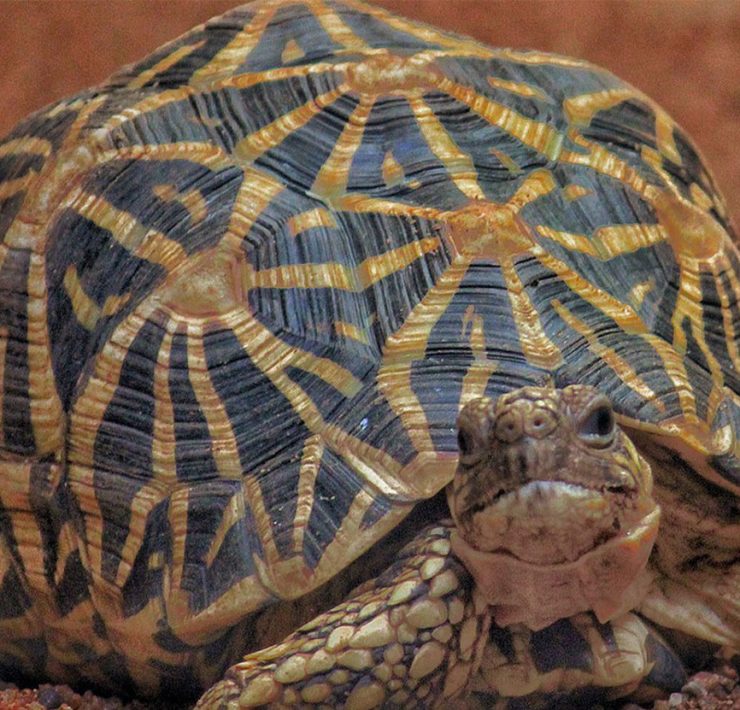India’s Worst Locust Attack in 26 Yrs: What Does This Threat Mean?
- Swarms of these ‘deadly’ desert locusts have now made their way to India, threatening our agricultural economy.

As predicted by the United Nations, India is witnessing armies of locusts swarming across the country – the worst such attack in 26 years. The insects are destroying crops even as the country has been brought to a standstill amid the coronavirus pandemic.
So, what is a locust? Why is it a threat to India? And, what are we doing to combat it?
1. What are locusts?
Locusts are insects that belong to the family of grasshoppers. The Food and Agriculture Organisation (FAO) describes them as the oldest migratory pests in the world, with the desert locust being the “most devastating” of them all.
And swarms of these ‘deadly’ desert locusts have now made their way to India, threatening our agricultural economy.
These insects are usually solitary and harmless. However, certain environmental conditions like prolonged monsoon and heavy cyclones make them reproduce faster – almost 20-fold within three months.
As their population becomes abundant and dense, they change their behaviour, form swarms, and start damaging crops. This is known as gregarisation. The change in behaviour is triggered by close physical contact, following which they then become inclined to disperse together to find food, a scientist at French research centre CIRAD explained in The Conversation.
2. Why are they dangerous?
According to FAO, an adult locust can eat a quantity equal to its weight – about 2 grams – every single day. Now, this might hardly seem like cause for concern.
But, a single square kilometre of the swarm can contain somewhere between 40-80 million adult locusts. Every single day, if they cover 130-150 kilometers, they can eat the food consumed by as many as 35,000 people.
A desert locust lives for about three to five months. Again, this is extremely variable and depends mostly on weather and ecological conditions.
For example, a swarm the size of Paris eats the same amount of food in one day as half the population of France; the size of New York City eats in one day the same as everyone in New York and California.
However, it is also important to note that these locusts do not directly attack human beings or animals.
“In the past few years, there has been a significant increase in the frequency of such cyclones at the beginning and end of the summer period. For example, there were 8 cyclones in 2019 when in most years there are only one or two. Three cyclones in 2018 and two in 2019 have contributed to the current Desert Locust upsurge in the Horn of Africa where large and numerous swarms are present in Ethiopia, Somalia and Kenya.” Keith Cressman, Senior Locust Forecasting Officer, FAO.
3. What is happening in India right now?
India is witnessing its worst locust attack in 26 years, reported PTI. On Monday, 25 May, as predicted, many states including Madhya Pradesh, Rajasthan, and Uttar Pradesh started their battle against the locust attack. The current swarm originated in East Africa and has reached India via Pakistan.
The locusts have already destroyed crops in 18 districts of Rajasthan and almost a dozen districts of Madhya Pradesh. It is feared that 17 more districts in the state including Aligarh, Mathura, and Jhansi will be hit in the next couple of weeks.
Gujarat and Punjab farmers have also been warned and have been asked to prepare for an impending invasion by the grasshoppers.
The United Nations had warned that armies of locusts swarming across continents pose a “severe risk” to India’s agriculture, and would have an impact on the economy this year.
“This year the locusts are breeding 400 times more than usual due to the favourable climatic conditions brought on by the untimely rains and increased cyclonic activity. The government preparedness has been too slow to keep up with this rapid increase. They must step up support. This is an emergency situation and requires emergency measures. These desert locusts will not only leave a severe impact on India’s food production but also deal a double whammy to the famers who were already reeling from the economic downfall of the lockdown due to COVID-19.” Devinder Sharma, Agriculture & Trade Policy Expert.
4. How is India responding to the locust attack?
At present, the primary method of controlling desert locust swarms is by spraying small concentrated doses of chemicals, by vehicle-mounted and aerial sprayers. However, this year, India is experimenting with a different approach.
BR Karwa, project director, Agricultural Technology Management Agency, told IANS, “It is for the first time that drones and planes will be used to fight the locust attack in Rajasthan.”
Unlike in the past, the locusts have changed their attack strategy this season and are flying at a greater height – against their basic nature. They usually fly in the low lying areas.
Hence, Union Minister for Agriculture Kailash Chowdhary has requested the Directorate General of Civil Aviation to help the government with planes that can fight the locust menace from a height by spraying pesticides, he informed.
Despite the prevailing COVID-19 lockdown, the locust control offices are working since 11 April with 50 spray equipment/vehicles, the Union minister added.
“India’s central government has to go beyond giving alerts and advisories on managing the locust outbreak, and immediately arrange for aerial sprays of pesticides to control the rapidly escalating situation. The states do not have the wherewithal to manage the scale of the outbreak this year.” Ajayvir Jakhar, Chairman, Bharat Krishak Samaj.
5. Which other countries are affected by locusts?
According to FAO, the current situation remains “extremely alarming” in East Africa where Kenya, Ethiopia and Somalia continue to face an unprecedented threat to food security and livelihood. They have also reached Saudi Arabia and Iran to Pakistan and ofcourse India, all while breaking into smaller swarms to travel across the country.
According to media reports, India has reached out to both Pakistan and Iran for a coordinated effort in dealing with the growing locust population in the region.
Meanwhile, Pakistan declared a national emergency to tackle locusts in January 2020, after predictions estimated that the country will incur a loss of more than 4 billion euros with respect to both summer and winter crops.
Experts warn that rising temperature, low rainfall and long dry spells could mean more locust swarms in our near future.
“Climate change may well play a role here, mainly because, according to forecasts by international climate researchers, precipitation will increase in the southern Arabian Peninsula and northern East Africa. This means that there will be more frequent very humid phases, such as we have had since 2018, and it is therefore possible that such swarms will simply occur more frequently.” Professor Axel Hochkrich, Trier University.
This article first appeared on The Quint.










